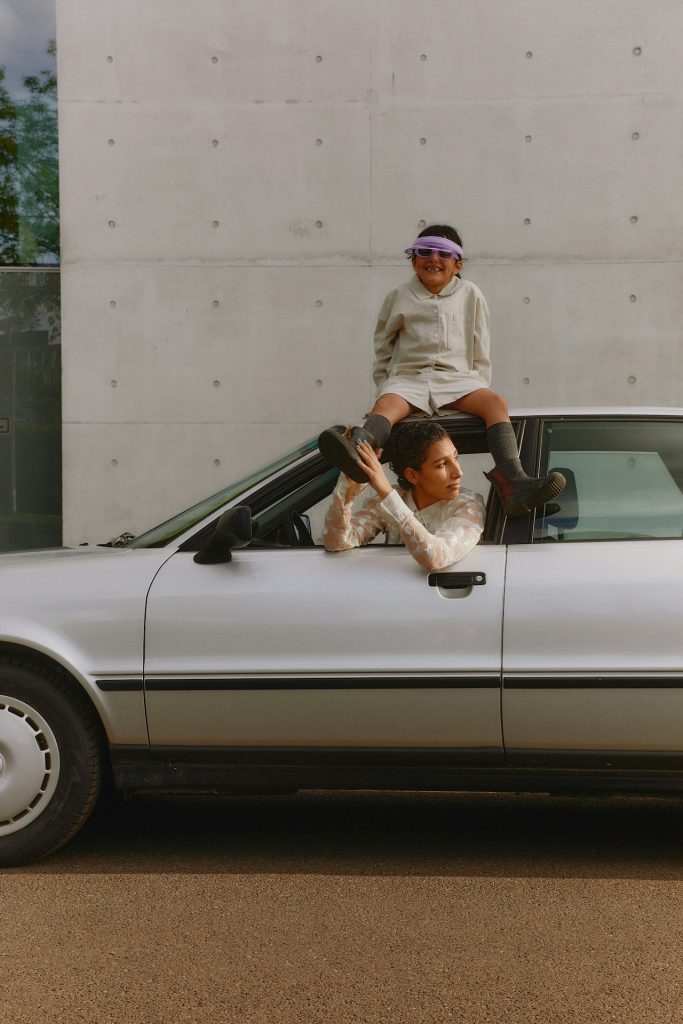Time Magazine, along with many other media outlets (including us), have proclaimed 2014 the year of mindfulness, a period that finds people designating time for daily meditation and making special efforts to become more aware. While the move toward a more mindful and centered lifestyle is certainly positive in this time of multitasking insanity, we can’t help but find irony in the fact that people have to actually schedule in time to free and clear the mind. Further, it is thanks to this current cultural phenomenon (as well as a few old school psychological and educational theories) that the perhaps black sheep of mindfulness, daydreaming, is often dismissed as mere distraction and a waste of our precious time. For young professionals (YPs), a group particularly empowered by a balance between youthful creativity and a mature work ethic, daydreaming plays a big part in our working process, as well as our overall well-being. During this mindfulness revolution when people are carving out time to simply stop and breathe, we say let daydreaming, in all its unscheduled, involuntary, and inconvenient glory, take part in the positivity too. Here’s why:
Daydreaming defined
You’re sitting at your desk typing up a document, on your treadmill working up a sweat, or in the shower singing away when suddenly your eyes drift toward the ceiling. You slowly and subtly transcend into another space, where your body and whatever it’s doing no longer exist. You see images, movements, and thoughts, a full fantasy flashing before your mind’s eye. You get a great new idea, come to an amazing self-realization, or create an important plan, and then… SNAP, you’re back at your desk. Minutes have passed since you were last in reality. Where were you? You were in a waking dream, a conscious la-la-land, spending a few brief moments outside of the present and inside your mind. You were daydreaming, and damn, did that feel good.

Daydreaming justified
Daydreaming has long had a bad rap. Cliché scenes from schooldays past show teachers demanding students to get their “head out of the clouds” and to pay closer attention. Subsequently, we YPs learned as kids that only via intense concentration and keeping our “eye on the ball” could we ever get the job done. This, of course, is no longer considered the only road to success and has in some cases been deemed actually counter productive. Yet for many YPs, the classic theory remains engrained, prompting us to concentrate past efficiency, work past limitations, and burnout abilities. Thus the attractiveness of mindfulness, as a way to counteract this extreme concentration, comes as no surprise. But in addition to a dedicated mediation practice, allowing our minds to take spontaneous breaks from reality whenever they inherently need it can also help us stay fresh, healthy, and ultimately more engaged. Daydreaming is one of our most natural cognitive tools, allowing us to go off on creative tangents, formulate new thoughts, and realize more about the worlds both inside and around us. So the next time your head is up in the clouds, resist that urge to snap out of it. Hang out up there for a while. Take a longer look around and discover what your mind might really be trying to show you.

Daydreaming indulged
There is one important note that must be made regarding daydreaming as a means to better health and creativity. Yale professor and pioneer of daydream research Dr. Jerome L. Singer believes that there are actually three types of daydreaming, only one of which benefits us. The first type is that found in our classroom scene, characterized as a lack of attention, a distraction, without much dreaming going on. Let’s hope most of us have grown out of that kind for the most part. The second is of the negative and neurotic variety, characterized by thoughts and images of hostility and aggression, accompanied by feelings of worry, guilt, and fear. No good. But the third kind of daydreaming is characterized by those positive images and sensations that open the mind, encourage self-reflection, and help us make plans for the future. That’s the kind we want to indulge in to reap all those lovely health and wellness benefits. Best of all, it is that positive mode of daydreaming that allows us to see our greatest potential and can then help us turn those daydreams into reality.
So go ahead and waste some more time daydreaming.

#LYNL | (Live Your Notable Life)
Want more updates on the most Notable things happening so you know before your colleagues do? Get our exclusive newsletter here and follow us on Twitter for all the latest.







